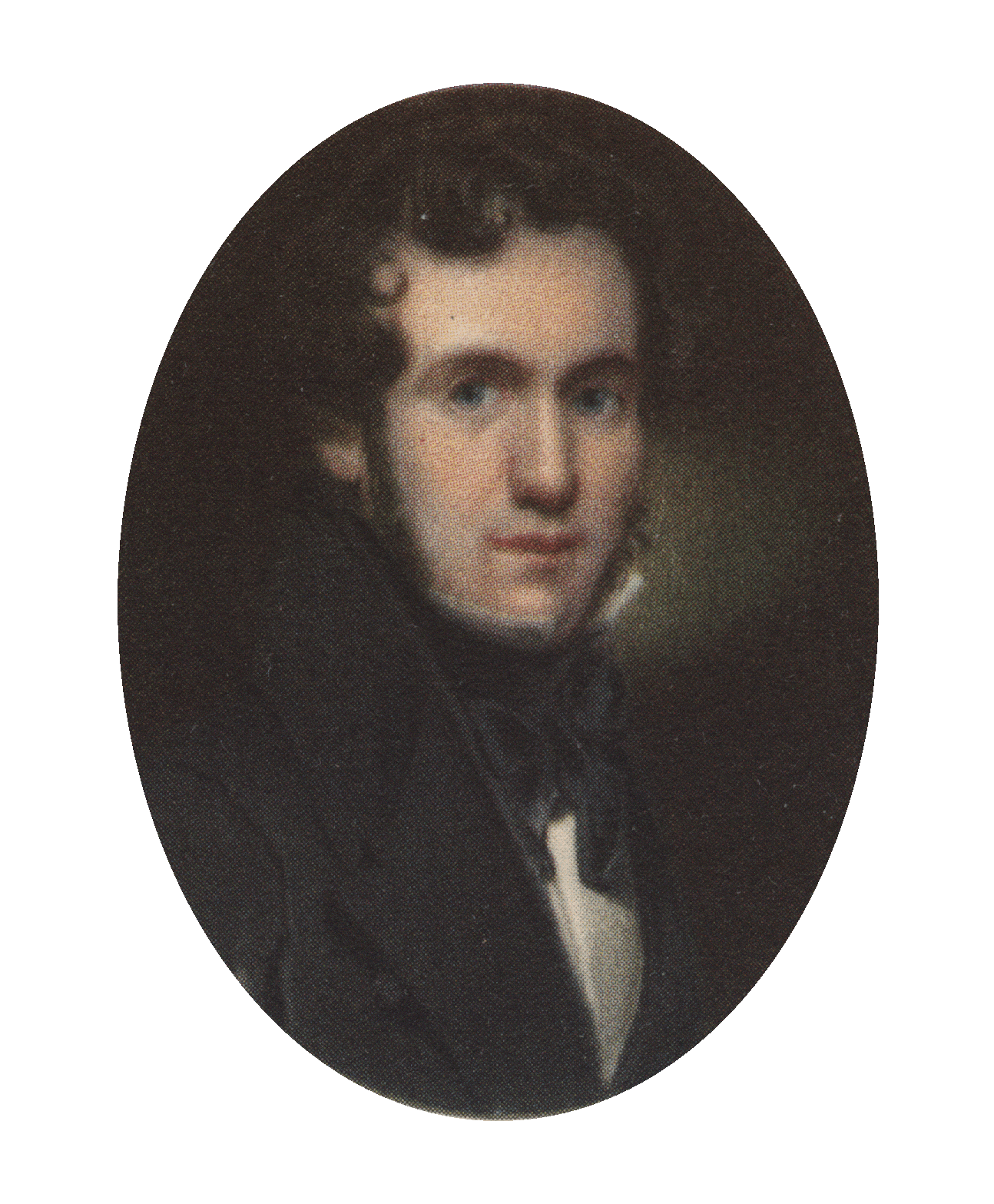 This week we look at a man responsible for chronicling much of what we know about the Potwatomi during the early Removal Period of the 1800s, Englishman George Winter.
This week we look at a man responsible for chronicling much of what we know about the Potwatomi during the early Removal Period of the 1800s, Englishman George Winter.
George Winter was an English-born artist known for his chronicles of 18th century American life and geography. Born June 10, 1809 in Portsea [Portsmouth], England, Winter’s aspirations to become an artist materialized at a young age, taking apprenticeships under local painters and draughtsmen. In search of formal training, he moved to London at the age of 17. For the next four years, George was a regular visitor to the National and Dulwich galleries, and hoped that by attending annual shows at the Royal Academy he would gain admittance to the prestigious institution. Despite earning praise and encouragement from many of London’s professional artists, Winter never received any formal training as a painter nor was accepted to the academy.
Traveling to New York in 1830, George joined his family who had migrated to the United States more than a decade earlier and enrolled at the National Academy of Design. Enrolled for three years, he focused on developing a variety of artistic skills. Again moving in 1835, this time with his family to Ohio, Winter quickly opening a studio in Cincinnati where he began composing numerous portraits and illustrations.
Much like his contemporaries, Winter was driven by adventure and eager to capture the vanishing culture of the American Indian. Learning of the approaching Potawatomi removal from Indiana, he closed his Cincinnati studio and traveled to Logansport, Indiana. Coincidentally, Potawatomi emigration and annuity negotiations were held in the long room of Winter’s Washington Hall hotel. Capitalizing on his luck, George set up a temporary studio near the hotel and adjacent the Ewing and Walker Trading Post, a popular establishment among the neighboring tribes. It was here that the Potawatomi orator and headman Iowah sat for the artist’s first commissioned portrait.
Building a reputation among the local government officials, Winter was invited by Indian Agents Lewis H. Sands and George H. Proffit to the Potawatomi village of Keewawnay, to observe the community and sketch removal negotiations. Spending nearly two weeks at Keewawnay and another three at Crooked Creek, he was able to capture the Potawatomi through sketches, paintings and writings. Capturing a piece of American history, George sketched the initial stages of the Potawatomi Trail of Death. These sketches were to become the only first-hand visual records of an American Indian removal.
The self-taught artist’s renditions and inscriptions of Indiana’s Native culture and landscape earned him international acclaim. Dying at the age of 66 [1876], George Winter had established not only a successful career, but his place among few individuals who would accurately document the history of Native America.
